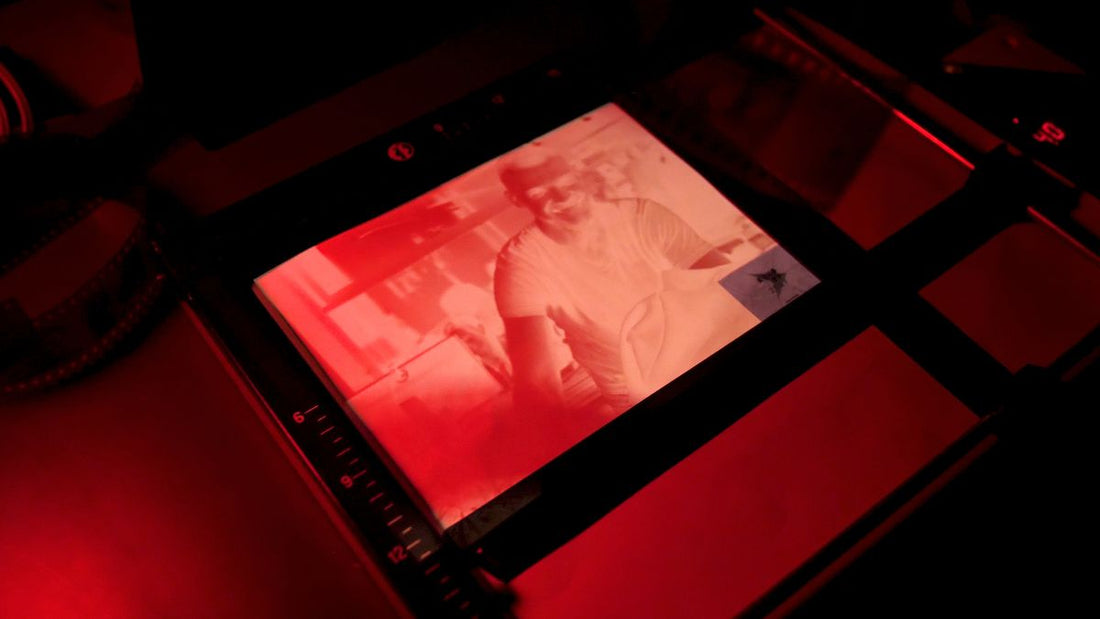
What Is Dry Lab Photo Printing and Why Does It Matter?
Share
Drylab photo printing Market encompasses both thermal dye‑sublimation and piezoelectric inkjet technologies to deliver high‑quality, durable photographic prints—entirely without the wet chemistry of traditional photo labs. While dye‑sublimation systems continuously vaporize solid dyes onto specialty media for exceptionally smooth gradients and colour fidelity, Fujifilm’s Frontier series (e.g. DL430 and DL600) instead employ piezoelectric inkjet heads delivering comparable print quality with wider colour gamut’s and faster roll‑to‑roll throughput.
Why It Matters
- High Quality: Both approaches achieve precise colour reproduction and smooth tonal transitions—critical for professional studios and event photographers.
- Eco‑Friendly: Eliminates hazardous developer and fixer chemicals; Frontier systems even reclaim unused ink to minimize waste.
- Rapid Turnaround: Compact drylab units can be installed on site (retail, hospitality, event venues), turning around hundreds of prints per hour without chemical processing delays.
What Is the Current Market Size and Growth Projection?
According to a Yahoo Finance report, the global drylab photo printing market is expected to reach USD 0.47 billion by 2032, at a CAGR of 4.9% from 2025 to 2032.
Conclusive Statement: The market is set for steady growth led by retail, hospitality, and photo‑on‑demand services.
- 2024 size: USD 0.32 billion
- 2032 forecast: USD 0.47 billion
- Growth rate: 4.9% CAGR (2025–2032)
How Is Adoption Shaping the Market Expansion?
According to the Yahoo Finance Report, in August 20, 2024 Yahoo Finance article notes that growing adoption in retail and hospitality sectors—driven by customer demand for on‑site prints—is bolstering market expansion.
Conclusive Statement: Point‑of‑sale photo stations in retail and hotels are key growth drivers.
- Retail labs: Enhanced customer engagement with instant prints
- Hospitality venues: On‑demand photo souvenirs for guests
What Innovations Has Fujifilm Introduced in Dry lab Technology?
According to the e PHOTO zine Report, Fujifilm’s Frontier remains a benchmark for compact dry labs, featuring:
What Are the Key Challenges Facing the Sector?
Despite its promise, dry lab printing must overcome:
- High Initial Investment: Advanced dye‑sublimation printers can cost significantly more upfront than basic inkjet systems.
- Consumables Cost: Specialized inks and media add to operating expenses.
Conclusive Statement: Lowering cost barriers and boosting awareness are essential for wider adoption.
- Capex hurdle: Need for financing or leasing options
- Consumables pricing: Bulk‑purchase discounts could help
- Education: Training sales teams to highlight dry lab benefits
Next Steps: 3–5 Actionable Takeaways
- Explore Financing Models: Offer lease‑to‑own or subscription plans to mitigate Capex concerns.
- Bundle Consumables Incentives: Create volume discounts on inks and media to lower total cost of ownership.
- Enhance Point‑of‑Sale Marketing: Deploy demo stations in retail/hospitality to showcase instant‑print experiences.
- Develop Training Materials: Educate staff and customers on environmental and quality benefits.
- Monitor Emerging Technologies: Stay abreast of ink, media, and workflow innovations that can further reduce costs and footprint.